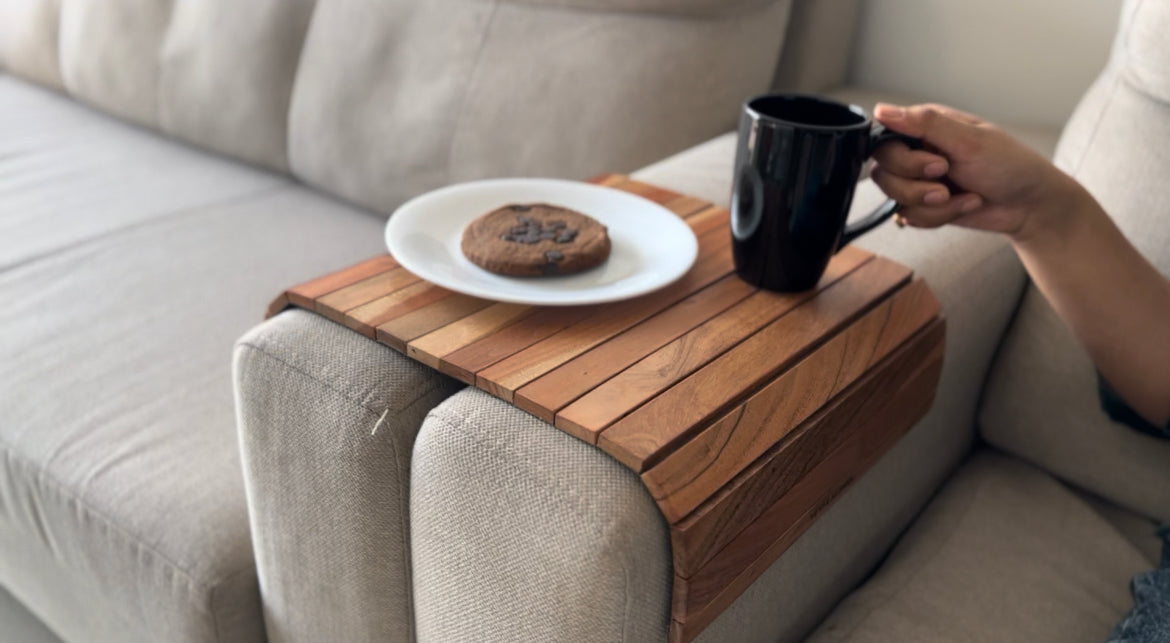Mango trees are different from acacia trees; therefore, they do not produce the same wood. Both mango and acacia are excellent wood choices for a variety of uses, but each type of wood is unique and has its own set of pros and cons.
Let’s explore those pros and cons below.
PROS AND CONS OF ACACIA WOOD
The pros:
- Luxurious: Though not one of the most exotic woods out there, acacia has a more luxurious and exotic appearance than many hardwoods native to the Americas, such as oak, maple, and walnut. It is prized for its irregular grain and pleasing appearance.
- Hard and durable: Acacia is an exceptionally durable hardwood that will last years longer than many American hardwoods. It is so durable, in fact, that many people consider it worth the extra cost because it will outlast most other types of wood.
- Water resistant: Acacia is often used for outdoor furniture and other uses because it is exceptionally water resistant. Of course, treating it with wax or weather stain will make it even more resistant, but it does quite well on its own at resisting water damage.
The cons:
- Expensive: Acacia wood is not as expensive as rarer, more exotic hardwoods, but it costs significantly more than common American hardwoods. It is an investment that not everyone feels comfortable in making, and for some, the qualities of the wood simply aren’t worth the cost.
- Heavy: Acacia is noticeably heavier than many other wood types, which makes it hard to move around and work with. Some people love the heaviness because they want a piece of furniture that can’t be moved around easily; but others consider it a major inconvenience.

